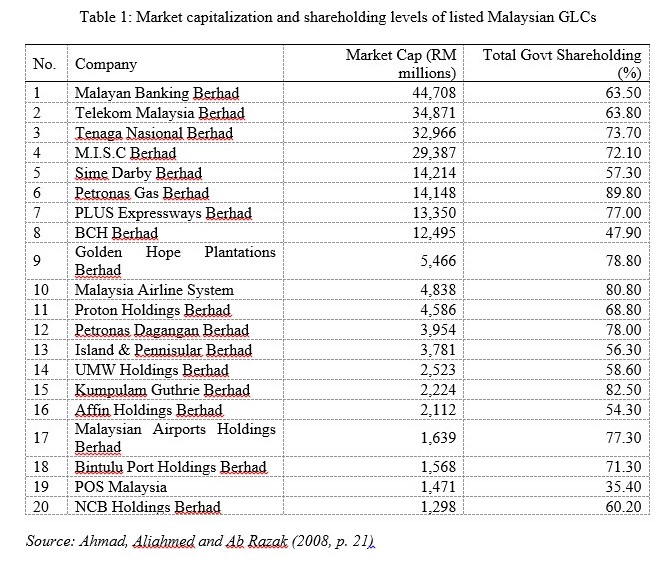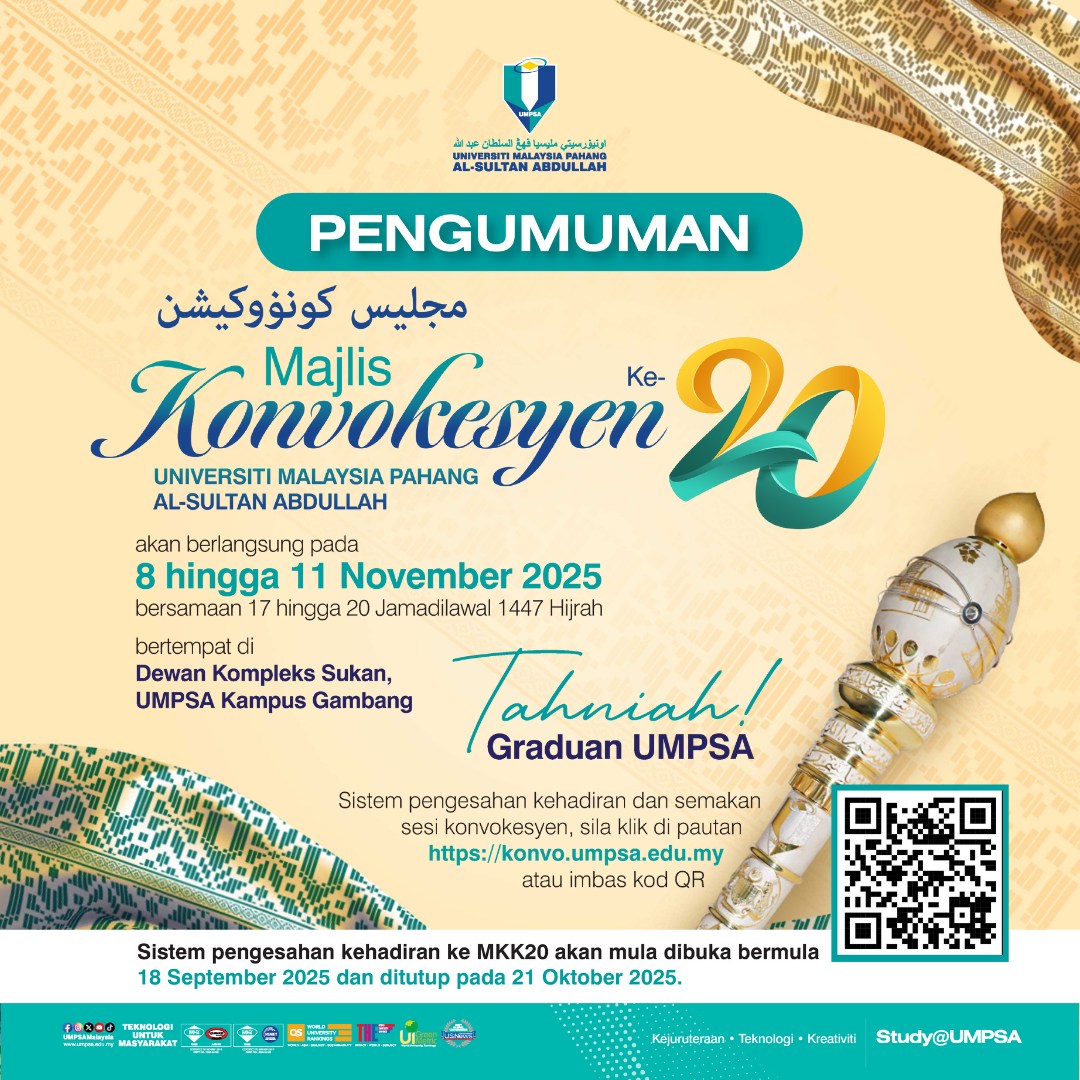University-Industry Collaboration and Malaysian Public Universities Funding Model
In both developing and developed countries, the government provides the main source of funding to universities. The decrease in budget allocation for public universities is therefore directly linked to the reforms taking place in higher education funding, which has been predicted to change the behaviour of universities (Schiller & Liefner, 2007). Undeniably, the global economic volatility which has affected the domestic economy of a fast-developing country like Malaysia which is aiming to achieve the developed nation status, has inevitably resulted in operating budget cuts of up to 30 percent allocated by the Ministry of Higher Education (MoHE) from total funding to only 70 percent for public universities. This has had a significant impact on the funding systems of public universities which need to provide the financial resources to cope with the shortcomings due to the deficiency in the operating expenses. Thus, this paper presents a discussion on the impact of educational budget cuts on the Malaysian public universities and proposes practical approaches to overcome the deficiency in the funding for operational expenses by adopting and adapting the existing model of Malaysian Government-linked Companies (GLCs) by gaining experience and lessons learnt from University-Industry Collaboration (UIC) through the lens of the stakeholder theory.
Such huge responsibility must be shared by all. Nevertheless, key roles in must be led by the university’s board of directors and its top management, many of whom may have vast experience in managing profit-oriented or non-profit-oriented organizations in both the public and the corporate sectors. It should be noted that even though university’s board of directors and its top management should be in the saddle, members of the academic staff who are already saddled with numerous key performance indicators (KPIs) should be given the freedom to remain focused on what they do best and the main reasons why they have been employed. More importantly, these KPIs, which are mainly teaching, conducting research and supervision, disseminating knowledge through publication and providing consultancy services, should take into consideration value-based Key Intangible Performance indicators (KIPs). KIPs have been proposed by top American universities such as California State University, Cornell University, and Ohio State University as well as Malaysia’s own apex university, Universiti Sains Malaysia (Masron, Ahmad & Baba Rahim, 2012).
However, a public university is not merely a government statutory body; it is also an educational institutional which in its initial conception was non-profit-oriented. Yet, a business organization must be profit-oriented. Therefore, there is a need to search for a business model that is able to function as a funding model for the public university. As a government statutory body, the public university does not have to look far. Its University-Industry Collaboration (UIC) initiatives can be the starting point.
Government-linked Companies (GLCs)
In Malaysia, Government-linked Companies (GLCs) refer to companies that have a primary commercial objective and in which the Malaysian government has a direct controlling stake. GLCs and their controlling shareholders constitute a significant part of the economic structure of the Malaysian economy. They account for approximately RM260 billion or approximately 36 percent and 54 percent, respectively, of the market capitalization (see Table 1) of the Malaysian Stock Exchange, Bursa Malaysia, and the benchmark Kuala Lumpur Composite Index (KLCI).

Funding Model for Malaysian Public Universities: The University-linked Companies (ULCs)
One of the proposed approaches to funding model that can be adopted by a Malaysian public university is by applying University-Industry Collaboration (UIC) concept. Introducing and creating University-Linked Companies (ULC) is arguably one of the solutions embraced by the UIC concept. ULC in this regard, refers to a company by which majority of the shares would be owned by the university. The income from the ULC will return to the university and should be used to cover the deficiency in the operating expenses.
For internal business opportunities, the university can give priority and advantage to ULC to contest and win in the bidding of any of the university huge projects. Meanwhile, for external business opportunities, the university can identify potential industries that allow ULC to enter into a partnership or collaboration with their respective companies which can be in the form of joint-venture partnership to explore opportunities that have been carefully considered and evaluated.
Some of the advantages of ULC from which public universities may benefit are as follows:
The formation of ULC is very easy because it is formed under Company Act 1965 (Malaysia) through Companies Commission of Malaysia.
1. It is easy to incorporate changes in its constitution through amendments to articles because as most of the ULC are owned and controlled by the university.
2. Most of the ULC run on sound business lines as they have their surpluses to run their projects.
3. ULC would enjoy financial autonomy because it depends on the university for initial investment. The profit gained from ULC would be utilized for the further expansion activities of the university.
4. ULC would be able to facilitate university development comprehensively by taking up huge projects areas in which the private sectors seem to be reluctant to invest.
5. ULC would be able to provide jobs opportunities to the university students and help the university overcome or minimize graduate employment issues.
Nevertheless, there are also some of the disadvantages of ULC which public universities should be aware of and they include:
1. ULC is autonomy in theory, but in practice, it is not fully autonomous because the university’s board of directors and its top management may have the authority and may interfere in the day-to-day operation of the company. Because important policy decisions depend on them, bureaucracies in the university departments may affect the organizational operations of the company;
2. As ULCs would most likely recruit government civil servants, their operational effectiveness in the organisation may not be maximized because they may lack the technical expertise; and
3. Much of the slackness in ULC management would remain under the grab of public services. This would not be treated as efficiently as it might have been in the private sector because of the surrounding the ULC.
In conclusion, we have discussed the impact of educational budget cuts on the Malaysian public universities and presented practical approaches to generating income in order to minimize this impact on operating expenses of these universities. One of the proposed approaches is to establish university-linked companies (ULCs) in which majority of the shares are held by the university concerned. This is to ensure that the income generated from such ULC will be able to overcome the deficiency in the funding for operational expenses resulting from the educational budget cuts.
Therefore, the concept of UIC that can be applied in the context of Malaysia which has public universities as government statutory bodies and GLCs that are already operating successful business models from which ULC of public universities can replicate. The existing model of the Malaysian Government-linked Companies (GLCs) can be adapted by ULCs through University-Industry Collaboration (UIC) from the viewpoint of the stakeholder theory.




By : Imaduddin Abidin (Centre for Human Sciences), Associate Profesor Madya Ts. Dr. Mohd Rashid Ab Hamid (Centre for Mathematical Sciences), Associate Professor Dr. Jamal Rizal Razali (Centre for Human Sciences) and Zarina Mohd Ali (Centre for Modern Languages)
e-mail : imaduddin@ump.edu.my, rashid@ump.edu.my, jamalrizal@ump.edu.my, zarina@ump.edu.my
- 792 views










